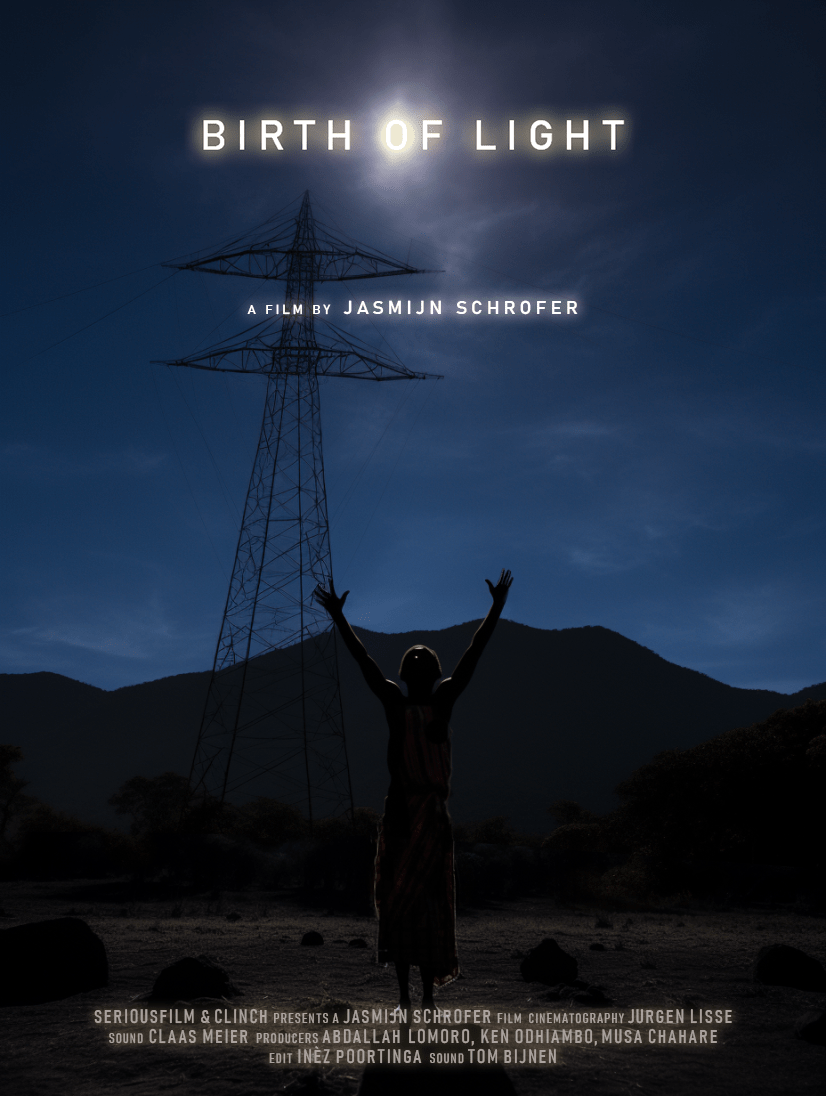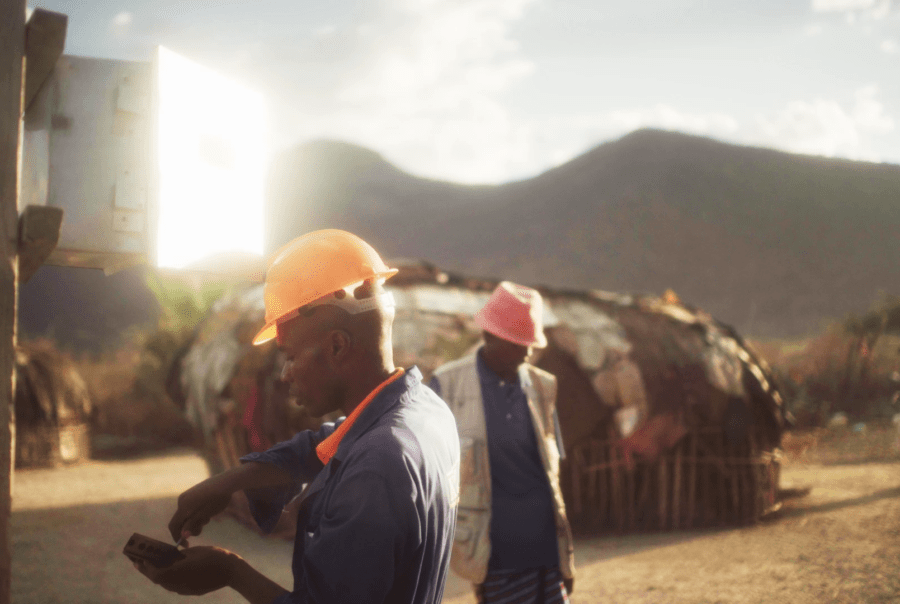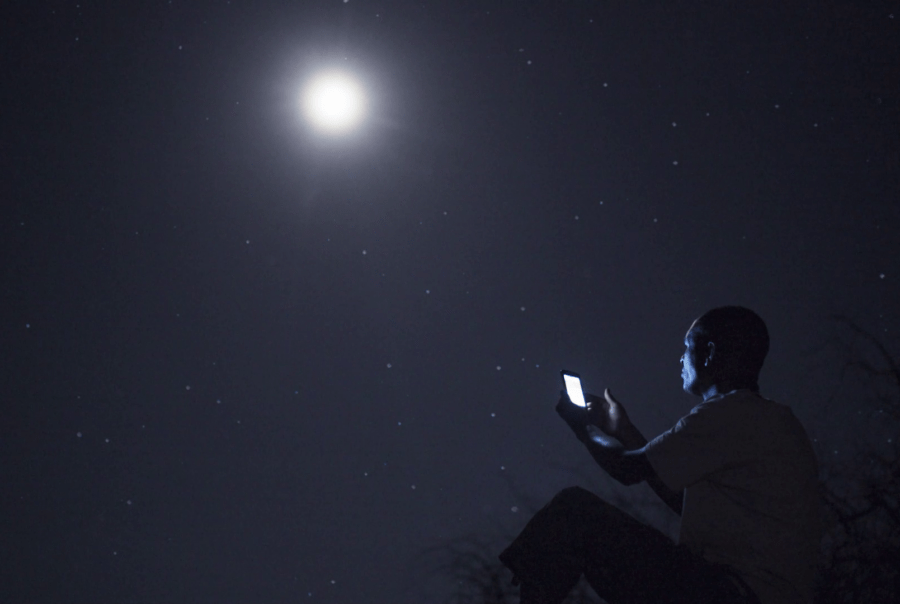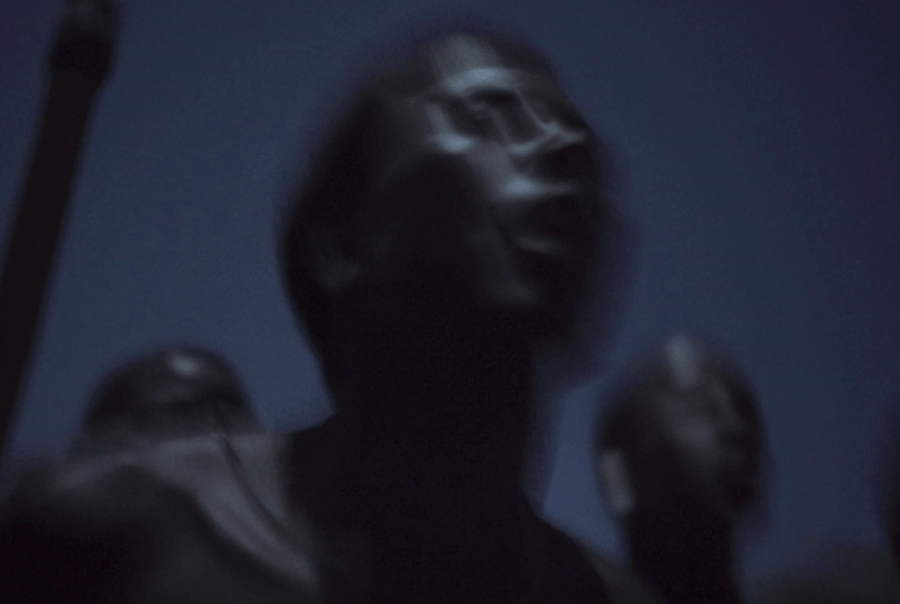
Why do people prefer light?
Birth of Light immerses viewers in Illaut, a remote Kenyan desert community on the brink of a monumental shift. As electricity and a 4G network edge closer, this nomadic land faces a pivotal moment where tradition and modernity collide. Against a relentless drought, the film chronicles the intricate interplay between rapid technological progress, cultural heritage, and environmental challenges. Through evocative storytelling with beautiful dark sky scenes, it prompts contemplation of the complexities that arise when a self-sufficient way of life intersects with the promises (and disruptions) of “the light”.
Birth of Light was recently screened at Goshort 2024 and was the openings film of Roots Film Festival in The Hague in December 2023.




